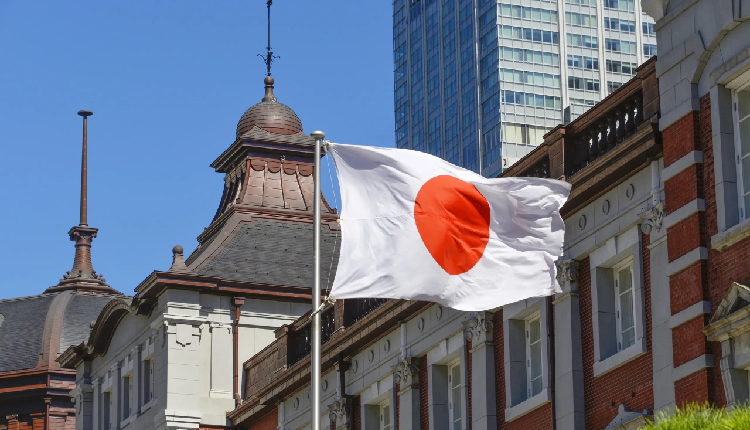Japanese policymakers are prioritising structural economic reforms to address the persistent weakness of the yen, which recently hit a 34-year low below 160 to the dollar, Reuters reported on Thursday.
Market intervention efforts, including ¥9 trillion spent in late April and early May, may provide temporary relief, but authorities recognise their limitations in reversing the long-term trend.
The Ministry of Finance has set up a panel of 20 experts, led by Masato Kanda, to investigate the reasons behind the yen’s decline. They are focusing on boosting Japan’s global competitiveness and bringing back profits from overseas to support domestic growth.
Former Prime Minister Shinzo Abe’s “Abenomics” strategy included structural reforms, but the ultra-easy monetary policy may have kept uncompetitive companies afloat, hindering the reform agenda.
Changing Japan’s economic fundamentals is seen as crucial for improving the yen’s value in the long term.
Japan maintains a current account surplus of around ¥21 trillion ($134 billion) annually, indicating it earns more money than it spends overseas. However, the makeup of this surplus has shifted significantly.
Trade surpluses have vanished due to rising energy import costs and increased offshore production. According to the trade ministry, roughly 40 per cent of Japanese goods are now manufactured outside the country.
Japan currently depends on a surplus in primary income from foreign investments to balance its trade deficit. However, a large portion of these earnings is not being brought back to Japan, which is believed to weaken the yen.
Economist Daisuke Karakama estimates that only ¥12 trillion out of ¥35 trillion in primary income surplus from last year was repatriated to Japan, suggesting a potential current account deficit.
Tohru Sasaki, a panel member and chief strategist at Fukuoka Financial Group, is concerned about a potential shift of household wealth overseas. With over ¥1,100 trillion in cash and deposits, even a small movement could impact the yen.
With the yen at a 34-year low, Japan is now prioritising long-term solutions over short-term fixes. The success of these reforms will play a key role in shaping the future strength of the Japanese currency and the country’s economic health.


